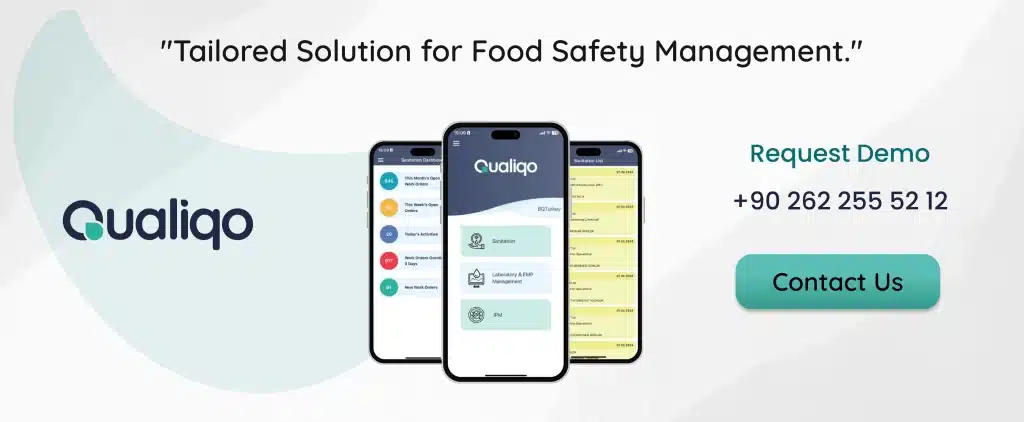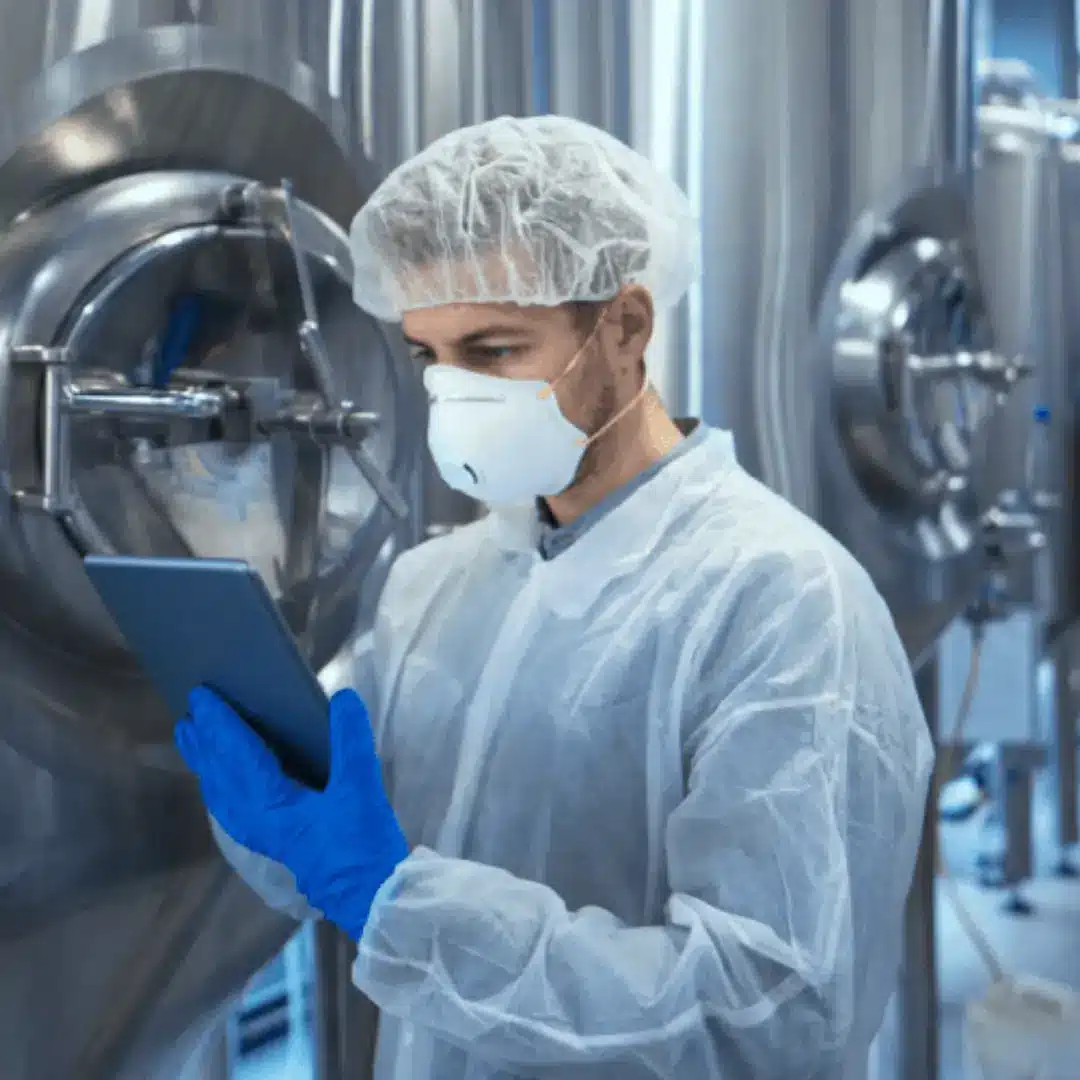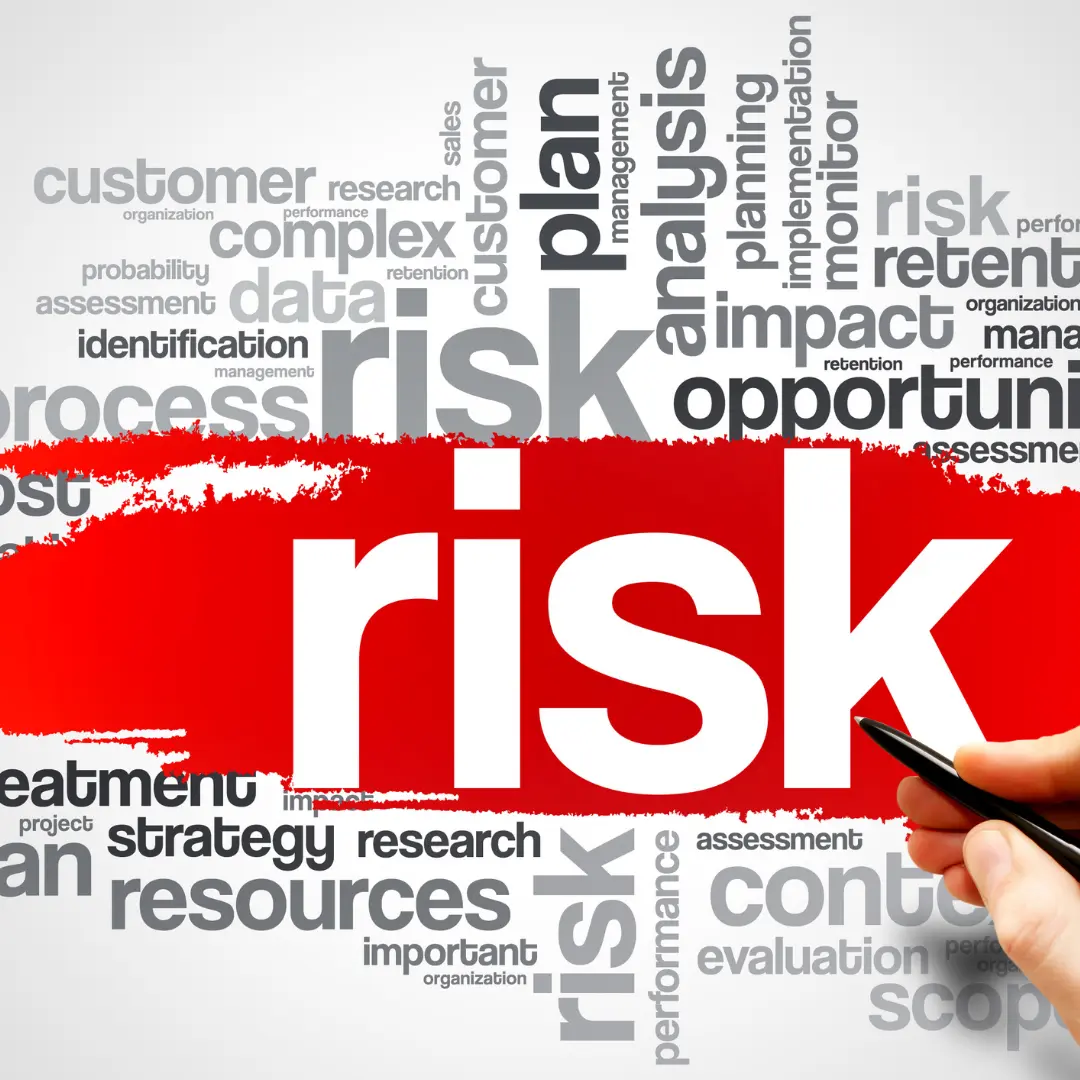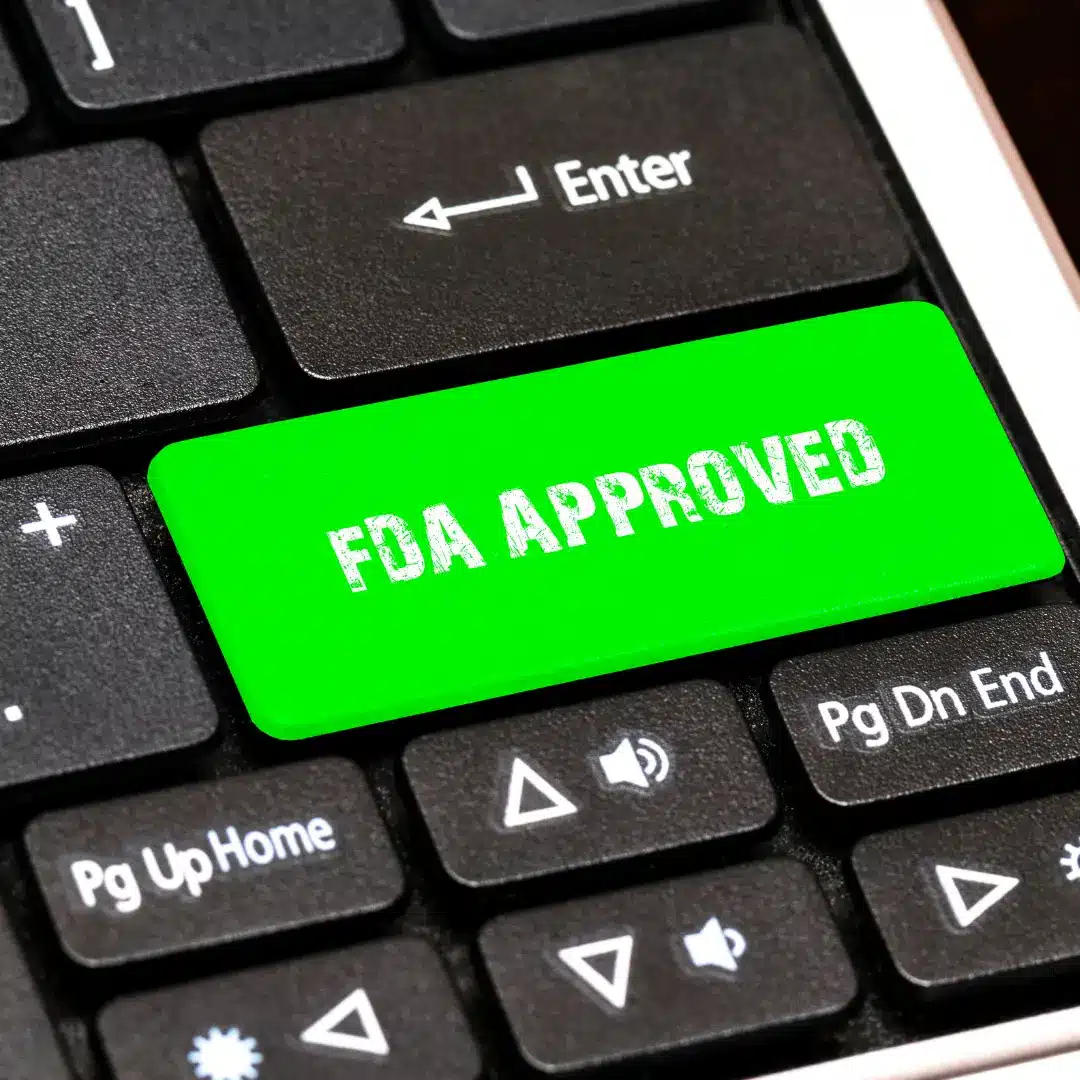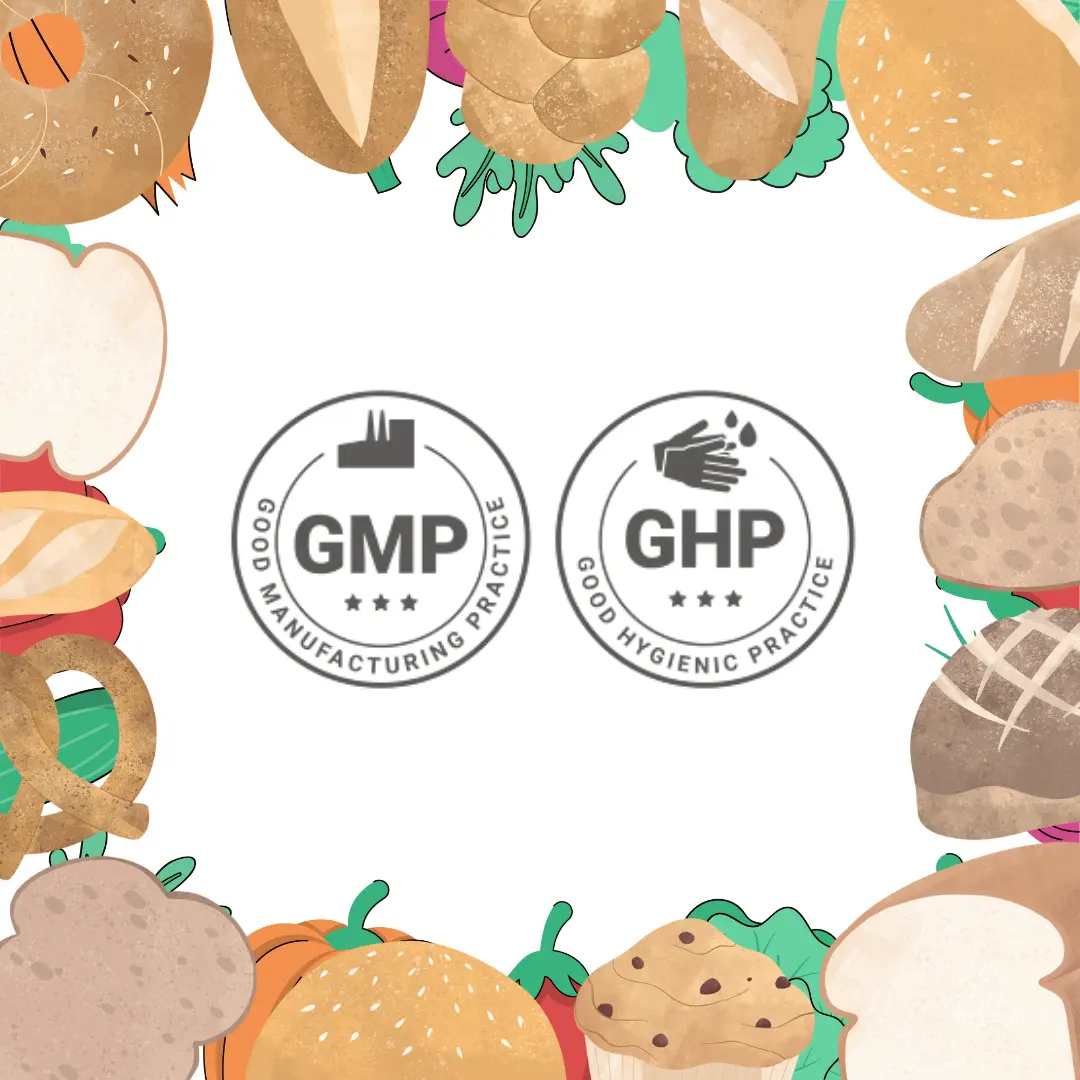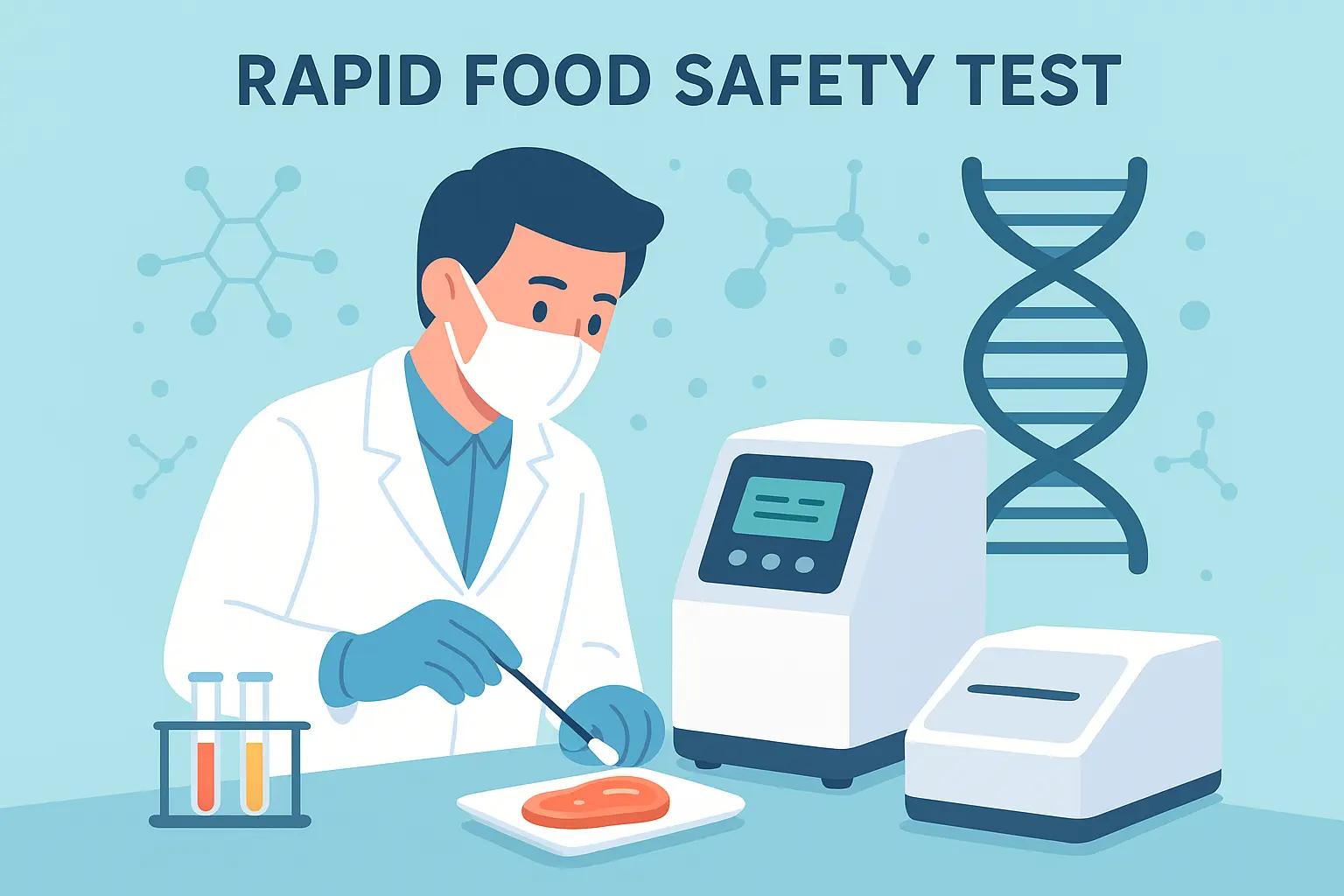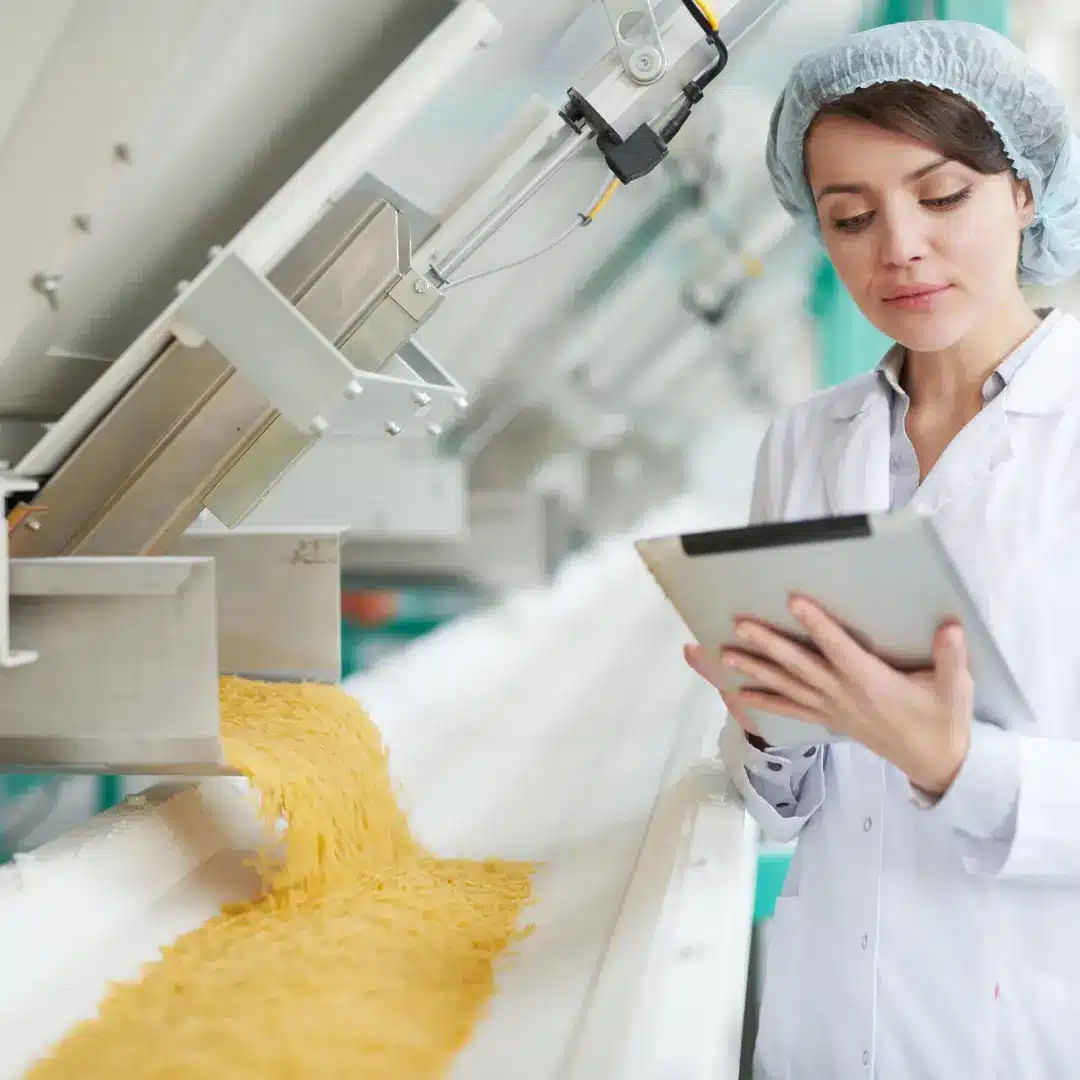Incidents demonstrate the serious public health impacts of foodborne pathogens and the need for businesses to be prepared for these risks. It is vital that food manufacturers understand the nature of bacteria such as E. coli and develop effective management protocols.
What is E. Coli and Why is it Dangerous?
Escherichia coli (E. coli) is a bacterium commonly found in the intestines of humans and animals. While many strains are harmless, others, such as E. coli O157, can cause severe foodborne illness. Symptoms include abdominal cramps, diarrhea (which may become bloody), vomiting, and fever. In some cases, particularly in vulnerable populations like the elderly and children, the infection can result in life-threatening complications such as hemolytic uremic syndrome (HUS), leading to kidney failure.
One of the reasons E. coli is particularly challenging to control is that even a small number of bacteria can cause illness. Unlike other foodborne pathogens that require large quantities to trigger symptoms, as few as 10 bacteria per gram of contaminated food can infect a person.
What are the symptoms of E. coli poisoning?
E. coli symptoms appear within 1-2 days of consuming contaminated food and typically include fever, vomiting, diarrhea (sometimes bloody), and dehydration signs like low urine output, thirst, and dizziness. In young children, especially under five, the infection can lead to serious kidney injury and requires prompt medical attention.
What other germs can cause food poisoning?
Food poisoning affects at least 48 million people in the U.S. annually, leading to 128,000 hospitalizations and 3,000 deaths. While E. coli is one cause, other germs also contribute. Norovirus is the most common, causing 19-21 million cases each year. Salmonella infects about 1.3 million people, and though Listeria causes only 1,600 cases, it results in approximately 260 deaths annually.
For Food Producers
For food-producing companies,
- Robust Sanitation Management: Implement rigorous cleaning protocols to prevent cross-contamination between raw and processed foods.
- Supplier Quality Control: Work closely with reliable suppliers and ensure regular audits of their operations.
- Traceability Systems: Use traceability tools to quickly isolate contaminated batches and limit the spread of foodborne illnesses.
- Proactive Risk Management: Monitor high-risk ingredients, like raw meat and produce, which are particularly vulnerable to E. coli contamination.
- Training and Awareness: Educate staff about personal hygiene, proper food handling, and quick response to contamination events.
How Qualiqo Can Help
Qualiqo, is designed to prevent such crises by offering a comprehensive suite of tools for tracking, monitoring, and managing food safety risks. With features like traceability, audit management, contamination alerts, and hygiene training, Qualiqo helps food producers maintain compliance and protect their customers from outbreaks.
Food safety is non-negotiable. In today’s interconnected food system, a single contamination event can have far-reaching consequences. By leveraging advanced management tools and best practices, food producers can safeguard their operations, protect public health, and avoid reputational damage.
Investing in robust safety management solutions, such as Qualiqo, ensures that companies can respond swiftly to emerging risks—keeping both their products and customers safe.
Next Steps
Did you get enough information about “E. Coli Outbreaks: A Threat for Food-Producing Companies“
Qualiqo is here to help you. It answers your questions about sanitation and hygiene, Lab. & EMP, IPM and Pest Control. We also provide information about the main features and benefits of the software. We help you access the Qualiqo demo and even get a free trial.
Frequently Asked Questions
E. coli (Escherichia coli) is a type of bacteria commonly found in the intestines of humans and animals. While many strains are harmless, some, like E. coli O157, can cause severe foodborne illness, including diarrhea, vomiting, and even life-threatening complications like kidney failure.
Common symptoms include:
Abdominal cramps
Diarrhea (sometimes bloody)
Fever and nausea
Vomiting
In vulnerable groups (children, elderly, and people with weak immune systems), it can lead to hemolytic uremic syndrome (HUS), a severe condition that can cause kidney failure.
Consumers experiencing symptoms after eating at a restaurant or consuming certain products should seek medical attention immediately. Early diagnosis can prevent serious complications. Reporting such incidents to local health authorities can also help trace the source of outbreaks quickly.



